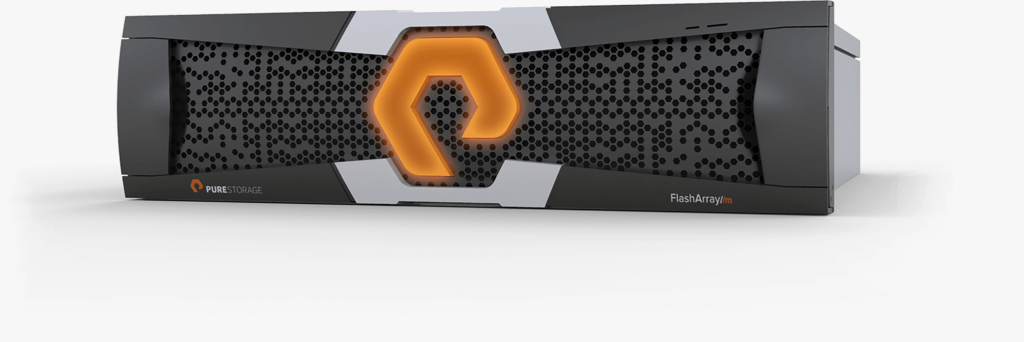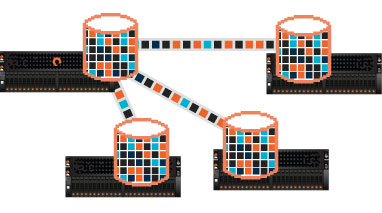Here is another “look what I found” storage-related post for vSphere 6. Once again, I am still looking into exact design changes, so this is what I observed and my educated guess on how it was done. Look for more details as time wears on.
***This blog post really turned out longer than I expected, probably should have been a two parter, so I apologize for the length.***
Like usual, let me wax historical for a bit… A little over a year ago, in my previous job, I wrote a proposal document to VMware to improve how they handled XCOPY. XCOPY, as you may be aware, is the SCSI command used by ESXi to clone/Storage vMotion/deploy from template VMs on a compatible array. It seems that in vSphere 6.0 VMware implemented these requests (my good friend Drew Tonnesen recently blogged on this). My request centered around three things:
- Allow XCOPY to use a much larger transfer size (current maximum is 16 MB) a.k.a, how much space a single XCOPY SCSI command can describe. Things like Microsoft ODX can handle XCOPY sizes up to 256 MB for example (though the ODX implementation is a bit different).
- Allow ESXi to query the Maximum Segment Length during an Extended Copy (XCOPY) Receive Copy Results and use that value. This value tells ESXi what to use as a maximum transfer size. This will allow the end user to avoid the hassle of having to deal with manual transfer size changes.
- Allow for thin virtual disks to leverage a larger transfer size than 1 MB.
The first two are currently supported in a very limited fashion by VMware right now, (but stay tuned on this!) so for this post I am going to focus on the thin virtual disk enhancement and what it means on the FlashArray.
Continue reading “XCOPY Improvement in vSphere 6.0 for Thin Virtual Disks”






